Should You Wear a Helmet for Skiing and Snowboarding?
The tragic accident involving Italian World Cup speed skier Jean Daniel Pession and his girlfriend, Elisa Arlian, further highlights the unpredictable dangers of skiing. The couple lost their lives while backcountry skiing in Italy's Aosta Valley, specifically near Champoluc in the Monterosa area.
Despite the beautiful and popular off-piste terrain, such incidents remind us of the inherent risks associated with skiing. so should we wear a ski and snowboard helmet?
The report revealed that only 1 in 11,000 ski or snowboard outings result in a head injury, and severe injuries leading to fatalities are extremely uncommon.
Most experts concur that helmets are most effective at speeds below 15 mph. However, intermediate and advanced skiers and snowboarders often exceed these speeds, increasing the risk of head injuries even when wearing a helmet.
The data speaks for itself: yes, you should wear a helmet when skiing.
Types of Ski Helmets
There are several types of ski helmets. Full-shell helmets, also known as race helmets, cover the entire head and often include a chin guard, making them ideal for competitive skiers who need extra protection. These helmets are bulkier but provide superior coverage against impacts.
On the other hand, half-shell helmets are more popular among recreational skiers and snowboarders. They feature hard protection around the head but leave the ears covered with soft pads. These helmets strike a balance between protection and comfort, offering better ventilation and often integrating audio systems for those who enjoy music while on the slopes.
Modular helmets are a versatile option, combining features of both full-shell and half-shell helmets. They allow the user to remove or add parts depending on the weather conditions and the level of protection needed. This flexibility makes them a great choice for skiers who encounter varying conditions throughout the season.
Backcountry helmets are designed for those who venture into off-piste areas. These helmets often include advanced features like integrated RECCO reflectors and compatibility with goggles and headlamps, ensuring maximum safety and convenience for extreme environments.
Still using a traditional ski helmet? It might be time for an upgrade. The smart helmet enhances your skiing experience.
What sets the LIVALL smart helmet apart? Its intelligence surpasses that of a traditional helmet. Are you still using AirPods to listen to music while skiing? The LIVALL RS1 comes with built-in Bluetooth, allowing you to connect to your phone for music.
But Bluetooth is just the beginning. This helmet can track your skiing route and has a fall detection feature. With a single click, it can call for help and share your location with emergency contacts, making rescue operations easier.
A helmet could save your life. With LIVALL, nothing is out of reach.
What to Consider When Buying a Ski Helmet
Fit and size are paramount. A helmet that is too loose or too tight can be ineffective or uncomfortable. To find the correct size, measure the circumference of your head just above the eyebrows and refer to the manufacturer's sizing chart.
Ensure that the helmet meets the standards set by organizations such as ASTM, CE, or Snell. These certifications guarantee that the helmet has undergone rigorous testing and provides adequate protection.
Ventilation systems are vital for maintaining comfort, especially during intense activity or varying weather conditions. Look for helmets with adjustable vents, which allow you to control airflow and manage temperature. Some high-end models also feature moisture-wicking liners that help keep you dry and comfortable.
Compatibility with goggles is another important consideration. The helmet should allow a seamless fit with your goggles, preventing gaps that can cause discomfort or expose your forehead to the cold. Some helmets come with integrated goggle clips or straps to keep them securely in place.
Additional features like audio compatibility, removable ear pads, and adjustable fit systems can enhance your skiing experience. Audio-compatible helmets have built-in speakers or compartments for headphones, allowing you to enjoy music or take calls without removing your helmet. Removable ear pads provide flexibility in different weather conditions, and adjustable fit systems ensure a snug and secure fit.
How to Measure for the Right Ski Helmet
Ensuring a proper fit is crucial for both safety and comfort when wearing a ski helmet. To measure for the right ski helmet, follow these steps:
Measure your head circumference: Use a flexible tape measure to determine the circumference of your head. Position the tape measure about an inch above your eyebrows, wrapping it around the widest part of your head, including the back of your skull. Note the measurement in centimeters, as most helmet sizes are listed in this unit.
Refer to the sizing chart: Each helmet manufacturer has its own sizing chart, so compare your head measurement to the chart to find the appropriate size. Sizes typically range from XS (extra small) to XL (extra large), but the exact measurements can vary by brand.
Try on the helmet: Once you have the correct size, try on the helmet to ensure it fits snugly. The helmet should sit level on your head, covering the forehead without obstructing your vision. It should feel snug but not overly tight, and there should be no pressure points.
Adjust the fit: Many helmets come with an adjustable fit system, such as a dial or ratchet mechanism at the back. Use this system to fine-tune the fit, ensuring the helmet stays securely in place without being uncomfortable. Shake your head gently to check that the helmet does not move.
Check for comfort and security: Wear the helmet for a few minutes to assess comfort. Ensure the chin strap is secure and does not cause chafing. The helmet should feel stable and comfortable, with no gaps between the padding and your head.






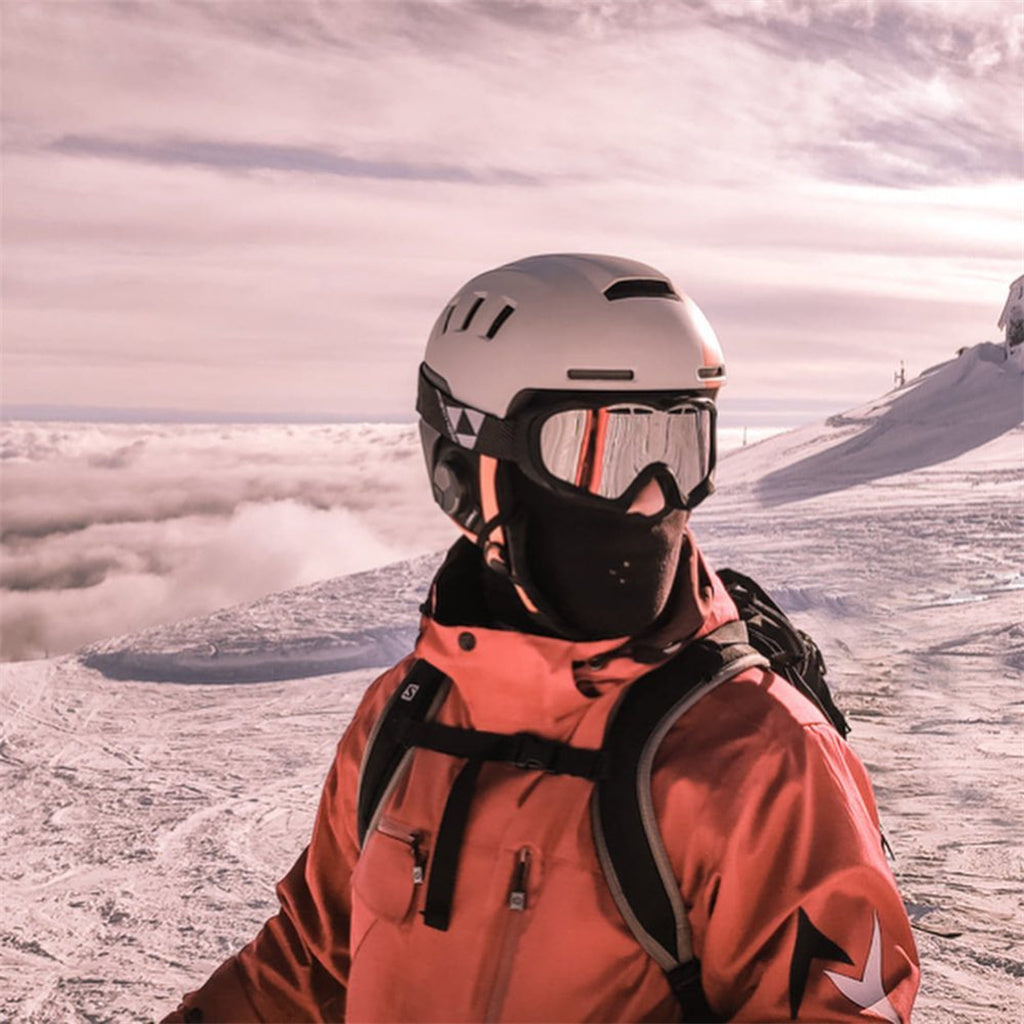
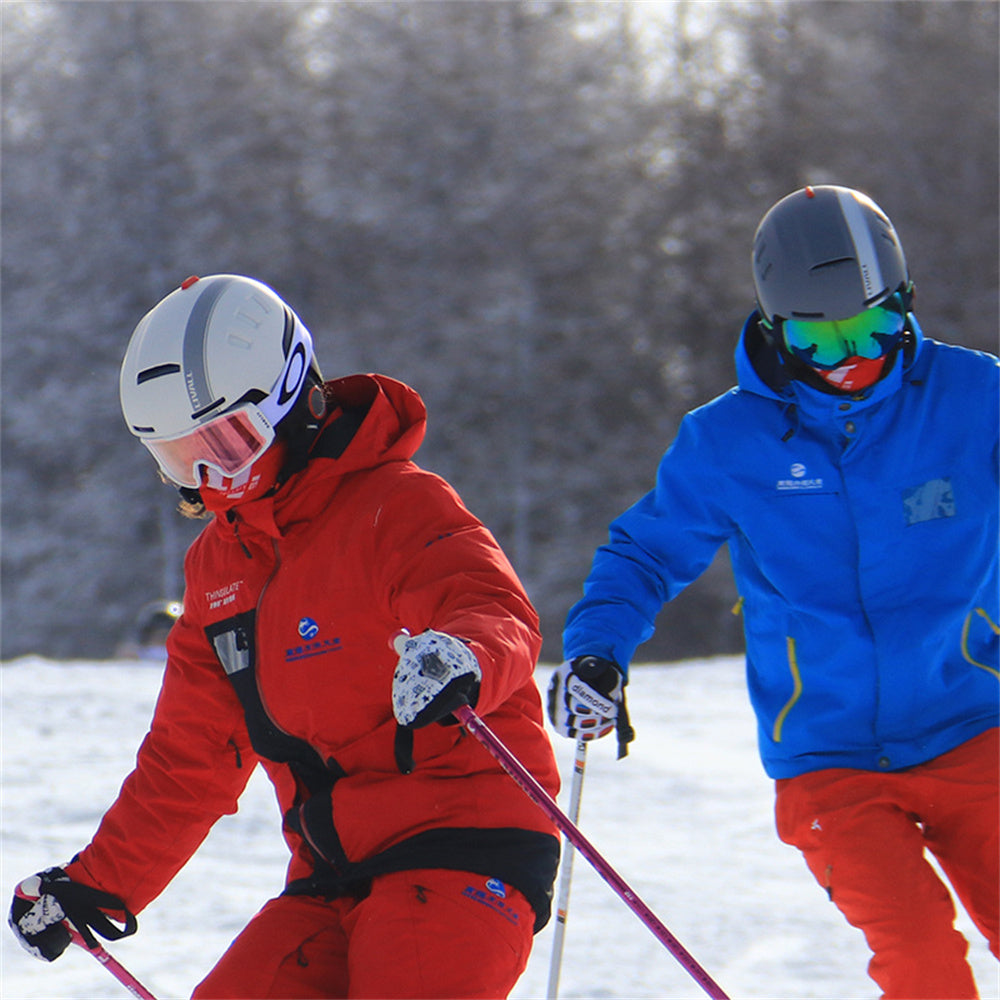
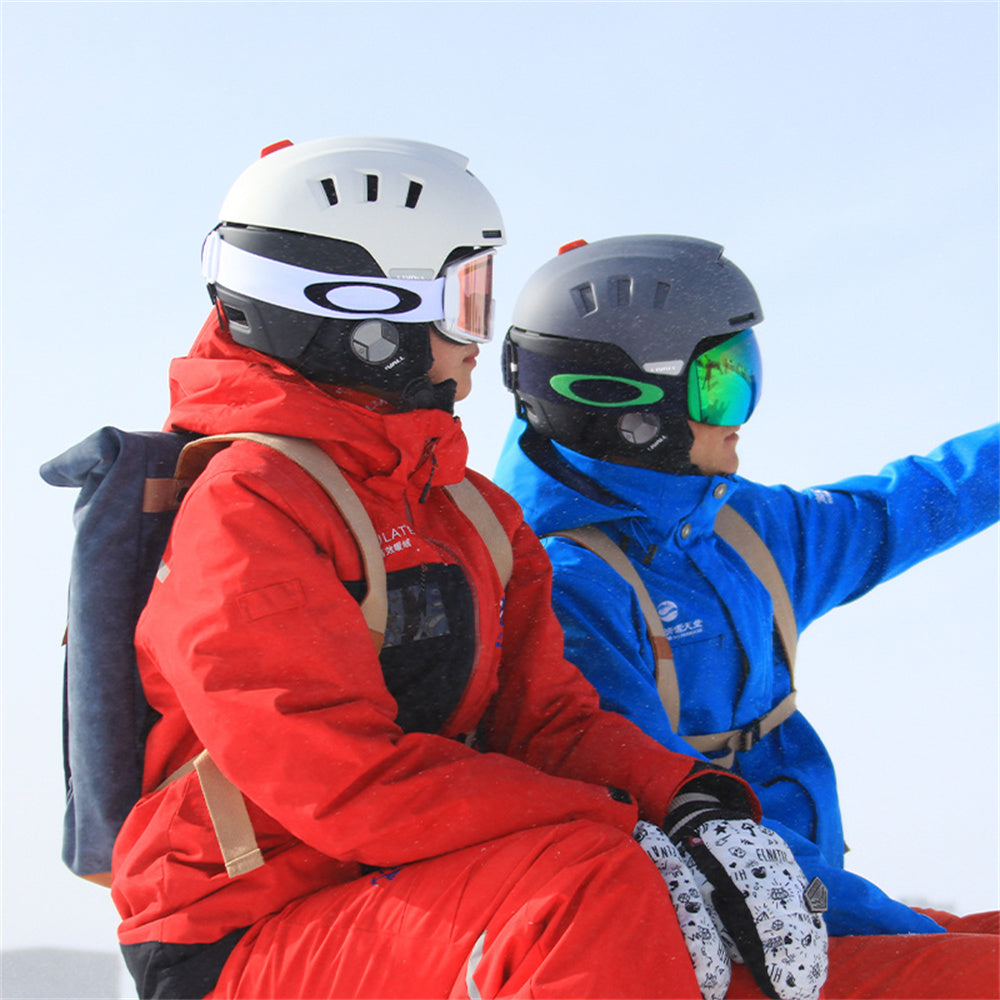
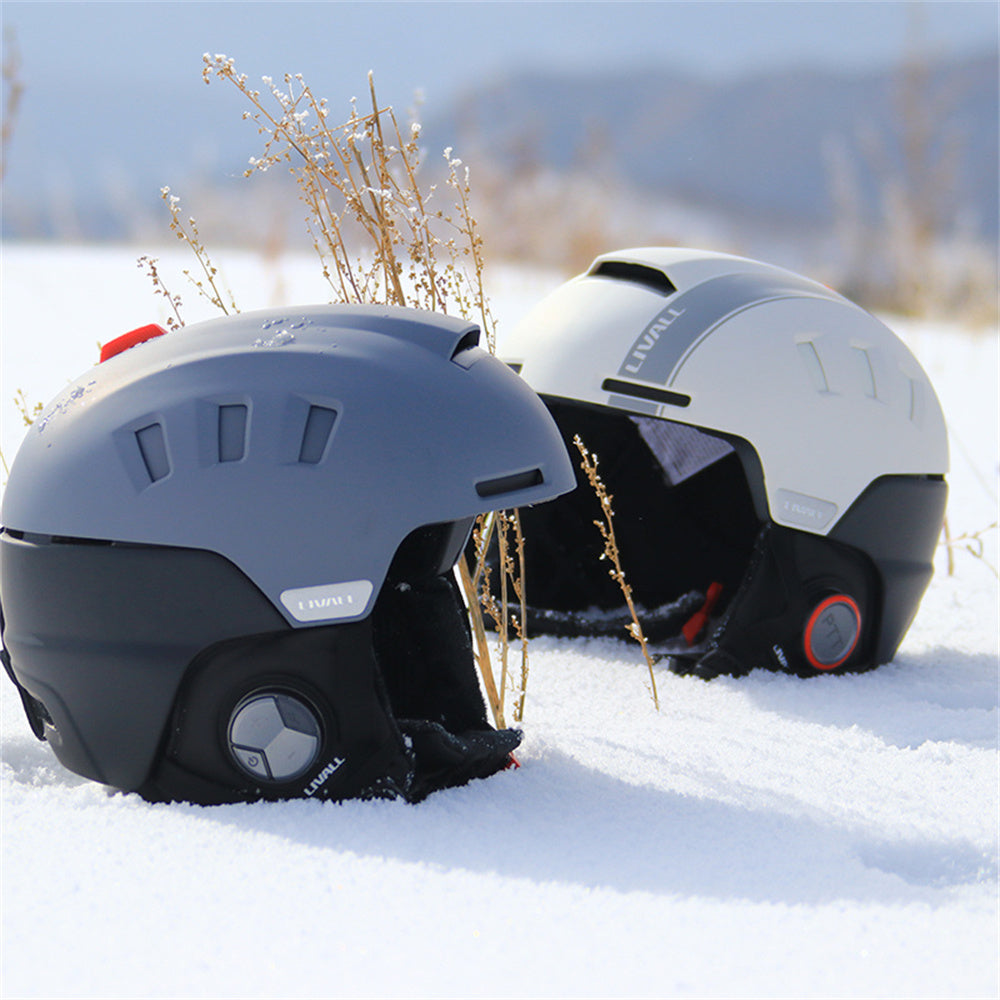
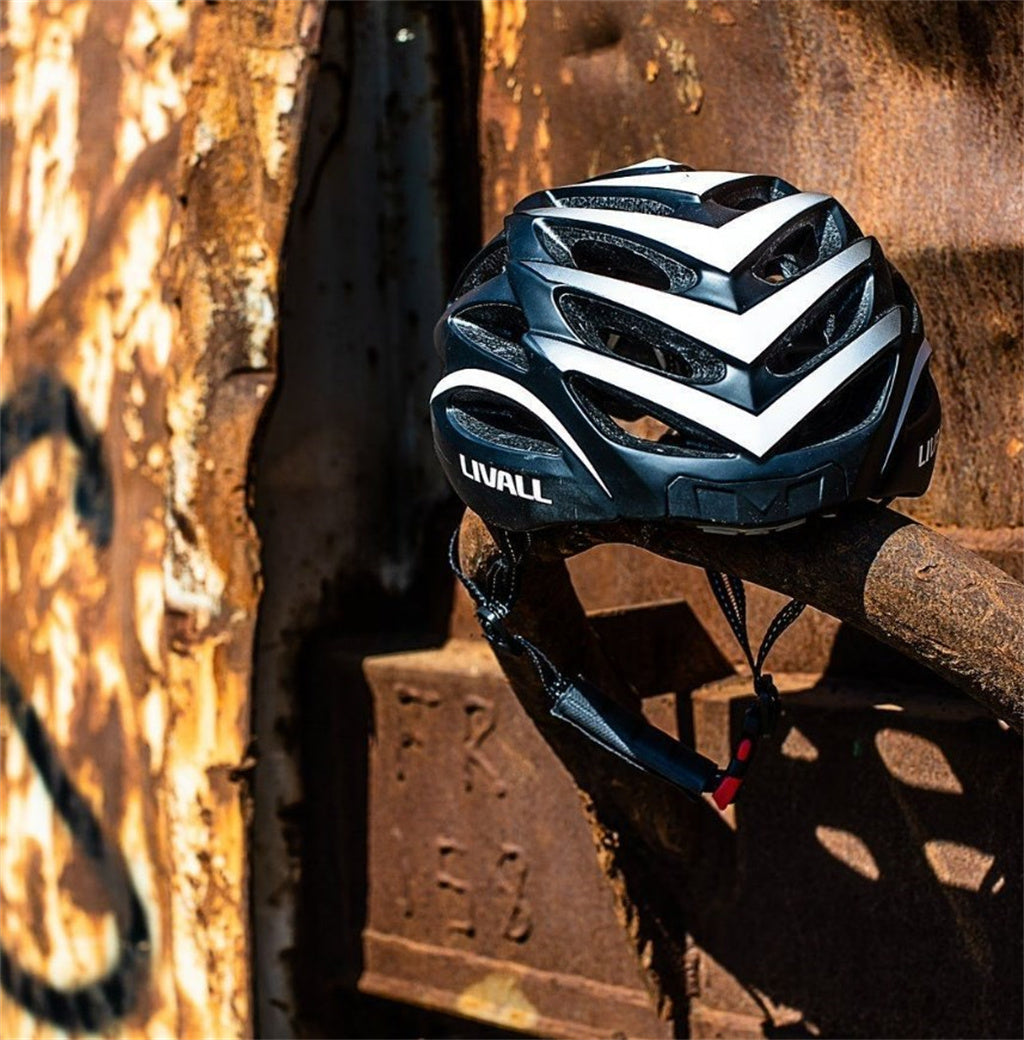
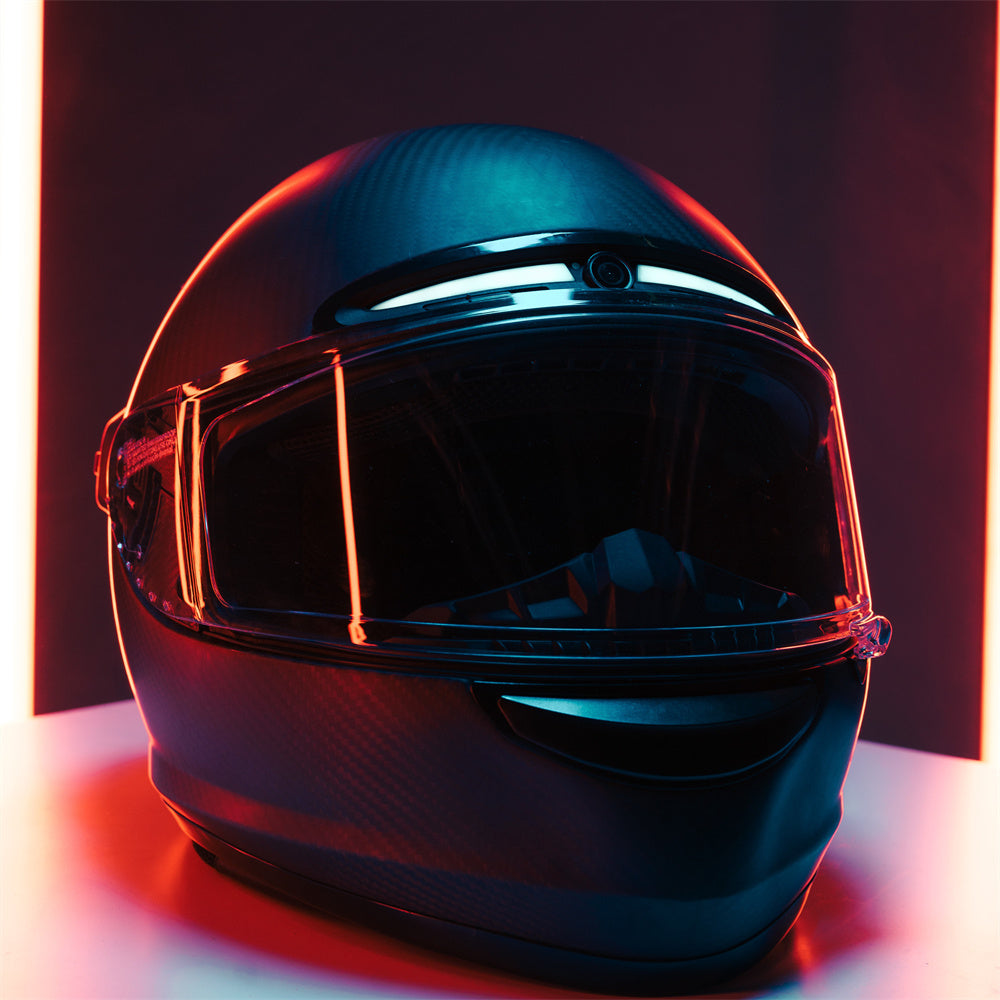
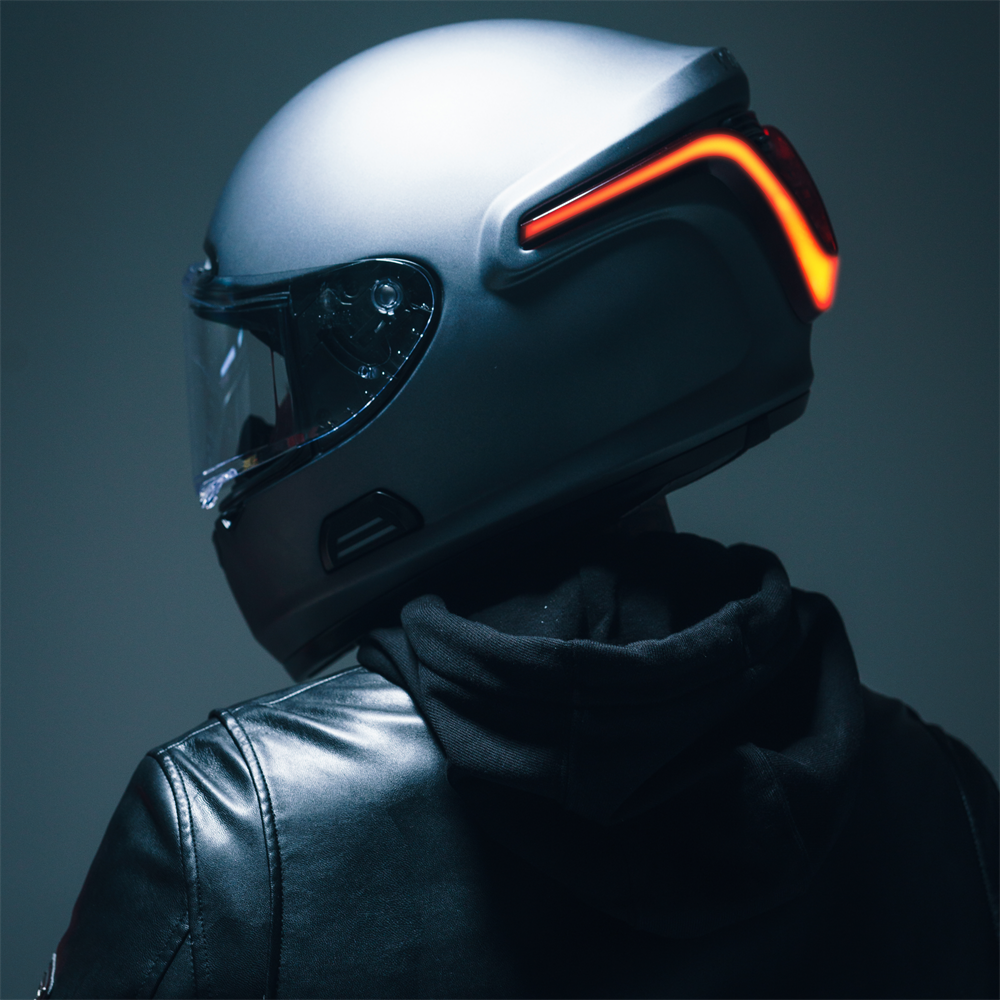


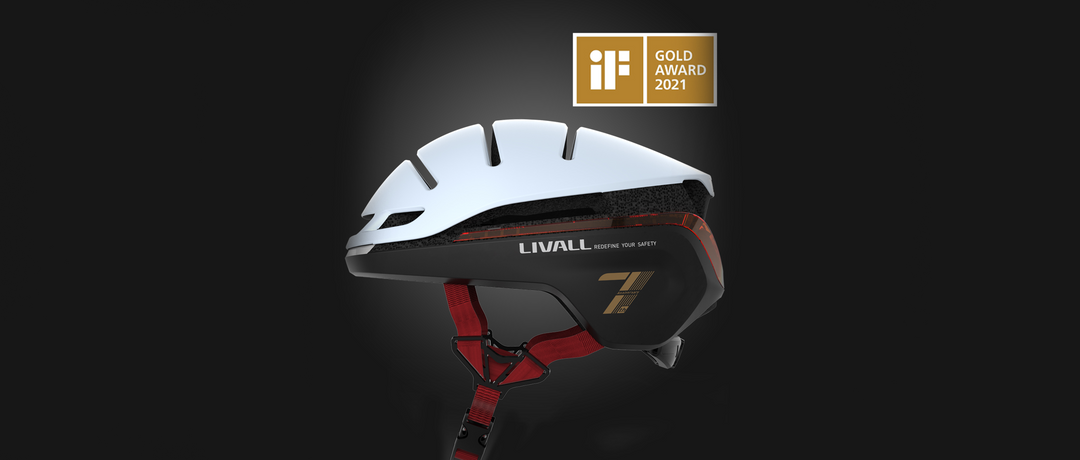



Leave a comment